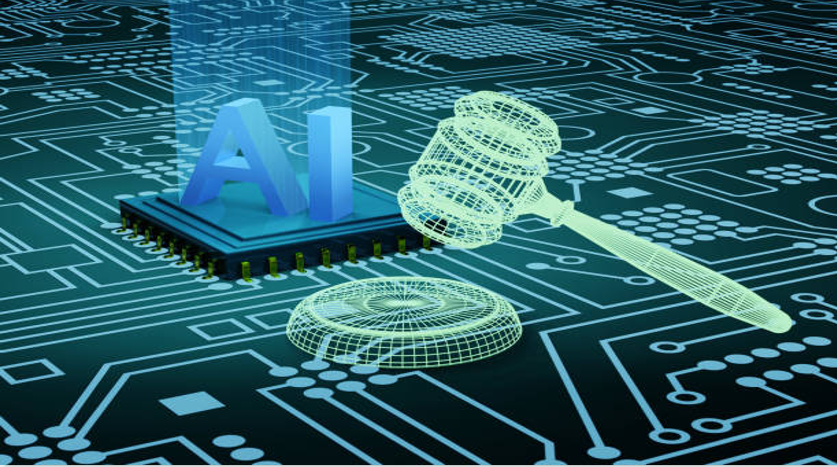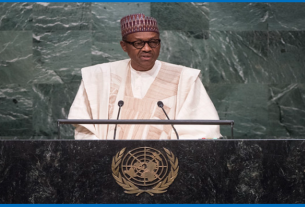In an era where technology is advancing at an unprecedented rate, artificial intelligence (AI) has shown remarkable promise in predicting and preventing human rights violations. With its ability to process vast amounts of data, AI can spot patterns and trends that human investigators may miss, potentially giving defenders a powerful tool in protecting vulnerable populations. However, its use also raises serious ethical concerns, making it clear that the benefits of AI must be balanced with the risks.
The Promise of Predictive Power
AI’s ability to analyze historical data, social media activity, and economic and political trends allows for the identification of potential threats before they escalate. AI’s strengths lie in its pattern recognition and predictive modeling capabilities, which can help forecast instances of political instability, violent conflict, or oppression, enabling early intervention. For instance, organizations like Conflict Forecast use AI to assess the likelihood of violence, while real-time monitoring tools track ongoing human rights abuses such as unlawful detentions or violent crackdowns.
The power of AI to predict human rights violations could dramatically enhance response times, allowing governments, international bodies, and non-governmental organizations to take preventive action. In theory, this could save countless lives by addressing issues before they spiral out of control.
The Risks Involved
Despite its potential, AI presents numerous challenges when it comes to its application in the human rights field. The accuracy of AI depends on the data it is trained on—if that data is incomplete or biased, the AI’s predictions could be flawed, possibly leading to false accusations or overlooking vulnerable groups. For example, populations with limited access to data or underrepresented communities could be systematically ignored, leading to critical oversights.
Additionally, AI algorithms, especially those used in machine learning, often operate as “black boxes”—their decision-making processes are not easily understood. This lack of transparency can undermine trust in AI, especially when it’s used in critical contexts like human rights defense. When AI is tasked with monitoring violations, there’s a risk that it could misinterpret data or even unintentionally amplify misinformation, particularly in politically charged environments.
Ethical Concerns and Potential Misuse
Perhaps the greatest ethical dilemma surrounding AI is the possibility of misuse. While AI has the power to protect human rights, it can also be exploited by authoritarian regimes to suppress dissent. Facial recognition technology, initially developed for security purposes, has been repurposed in some countries to track and target minorities, creating a disturbing paradox. Technology meant to protect human rights could be turned against them.
To mitigate such risks, AI systems must be transparent, regularly audited for fairness, and safeguarded against misuse. Strict ethical guidelines are essential to ensure that AI serves its intended purpose of protecting human rights, not violating them. Collaboration between governments, human rights organizations, and tech developers is critical to creating a framework that keeps AI accountable.
Striking the Right Balance
AI has the potential to be a game-changer in the fight for human rights, offering new ways to predict and prevent abuses before they occur. Its capabilities in pattern recognition and real-time monitoring can help identify threats early, allowing for proactive measures to protect vulnerable groups. However, this promise comes with ethical pitfalls, including bias, lack of transparency, and the risk of AI being misused by oppressive governments.
To harness AI responsibly in human rights defense, it is crucial to adhere to best practices that prioritize transparency, fairness, and oversight. Only with these safeguards can we ensure that AI becomes an ally, not a threat, in the ongoing struggle for justice and dignity. When used ethically and carefully, AI can play an invaluable role in safeguarding human rights across the globe.



